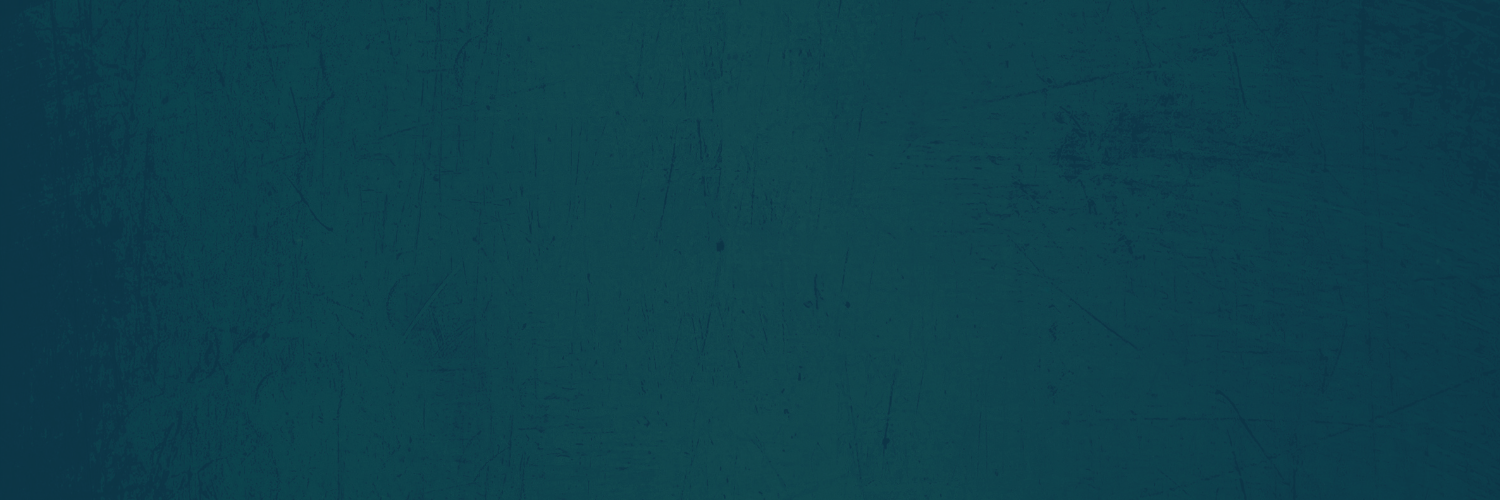Cyber Box 4 0 Full |WORK| Crack Software
Download ->>->>->> https://cinurl.com/2t7WXZ
Malware, which includes viruses, spyware, worms, adware, ransomware, etc., refers to any class of undesirable or unauthorized software designed to have malicious intent on a resource. The intent can range from surveillance, data exfiltration, disruption, command and control, denial of service, to extortion. Malware provides a vehicle for attackers to instrument cybercriminal activity.
Software cracking (known as "breaking" mostly in the 1980s[1]) is the modification of software to remove or disable features which are considered undesirable by the person cracking the software (software cracker), especially copy protection features (including protection against the manipulation of software, serial number, hardware key, date checks and disc check) or software annoyances like nag screens and adware.
Software cracking is closely related to reverse engineering because the process of attacking a copy protection technology, is similar to the process of reverse engineering.[10] The distribution of cracked copies is illegal in most countries. There have been lawsuits over cracking software.[11] It might be legal to use cracked software in certain circumstances.[12] Educational resources for reverse engineering and software cracking are, however, legal and available in the form of Crackme programs.
On the Apple II, the operating system directly controls the step motor that moves the floppy drive head, and also directly interprets the raw data, called nibbles, read from each track to identify the data sectors. This allowed complex disk-based software copy protection, by storing data on half tracks (0, 1, 2.5, 3.5, 5, 6...), quarter tracks (0, 1, 2.25, 3.75, 5, 6...), and any combination thereof. In addition, tracks did not need to be perfect rings, but could be sectioned so that sectors could be staggered across overlapping offset tracks, the most extreme version being known as spiral tracking. It was also discovered that many floppy drives did not have a fixed upper limit to head movement, and it was sometimes possible to write an additional 36th track above the normal 35 tracks. The standard Apple II copy programs could not read such protected floppy disks, since the standard DOS assumed that all disks had a uniform 35-track, 13- or 16-sector layout. Special nibble-copy programs such as Locksmith and Copy II Plus could sometimes duplicate these disks by using a reference library of known protection methods; when protected programs were cracked they would be completely stripped of the copy protection system, and transferred onto a standard format disk that any normal Apple II copy program could read.
On Atari 8-bit computers, the most common protection method was via "bad sectors". These were sectors on the disk that were intentionally unreadable by the disk drive. The software would look for these sectors when the program was loading and would stop loading if an error code was not returned when accessing these sectors. Special copy programs were available that would copy the disk and remember any bad sectors. The user could then use an application to spin the drive by constantly reading a single sector and display the drive RPM. With the disk drive top removed a small screwdriver could be used to slow the drive RPM below a certain point. Once the drive was slowed down the application could then go and write "bad sectors" where needed. When done the drive RPM was sped up back to normal and an uncracked copy was made. Of course cracking the software to expect good sectors made for readily copied disks without the need to meddle with the disk drive. As time went on more sophisticated methods were developed, but almost all involved some form of malformed disk data, such as a sector that might return different data on separate accesses due to bad data alignment. Products became available (from companies such as Happy Computers) which replaced the controller BIOS in Atari's "smart" drives. These upgraded drives allowed the user to make exact copies of the original program with copy protections in place on the new disk.
On the Commodore 64, several methods were used to protect software. For software distributed on ROM cartridges, subroutines were included which attempted to write over the program code. If the software was on ROM, nothing would happen, but if the software had been moved to RAM, the software would be disabled. Because of the operation of Commodore floppy drives, one write protection scheme would cause the floppy drive head to bang against the end of its rail, which could cause the drive head to become misaligned. In some cases, cracked versions of software were desirable to avoid this result. A misaligned drive head was rare usually fixing itself by smashing against the rail stops. Another brutal protection scheme was grinding from track 1 to 40 and back a few times.
Most of the early software crackers were computer hobbyists who often formed groups that competed against each other in the cracking and spreading of software. Breaking a new copy protection scheme as quickly as possible was often regarded as an opportunity to demonstrate one's technical superiority rather than a possibility of money-making. Software crackers usually did not benefit materially from their actions and their motivation was the challenge itself of removing the protection.[14] Some low skilled hobbyists would take already cracked software and edit various unencrypted strings of text in it to change messages a game would tell a game player, often something considered vulgar. Uploading the altered copies on file sharing networks provided a source of laughs for adult users. The cracker groups of the 1980s started to advertise themselves and their skills by attaching animated screens known as crack intros in the software programs they cracked and released.[15] Once the technical competition had expanded from the challenges of cracking to the challenges of creating visually stunning intros, the foundations for a new subculture known as demoscene were established. Demoscene started to separate itself from the illegal "warez scene" during the 1990s and is now regarded as a completely different subculture. Many software crackers have later grown into extremely capable software reverse engineers; the deep knowledge of assembly required in order to crack protections enables them to reverse engineer drivers in order to port them from binary-only drivers for Windows to drivers with source code for Linux and other free operating systems. Also because music and game intro was such an integral part of gaming the music format and graphics became very popular when hardware became affordable for the home user.
With the rise of the Internet, software crackers developed secretive online organizations. In the latter half of the nineties, one of the most respected sources of information about "software protection reversing" was Fravia's website.
The most common software crack is the modification of an application's binary to cause or prevent a specific key branch in the program's execution. This is accomplished by reverse engineering the compiled program code using a debugger such as SoftICE,[18] OllyDbg, GDB, or MacsBug until the software cracker reaches the subroutine that contains the primary method of protecting the software (or by disassembling an executable file with a program such as IDA).[19] The binary is then modified using the debugger or a hex editor such as HIEW[20] or monitor in a manner that replaces a prior branching opcode with its complement or a NOP opcode so the key branch will either always execute a specific subroutine or skip over it. Almost all common software cracks are a variation of this type. Proprietary software developers are constantly developing techniques such as code obfuscation, encryption, and self-modifying code to make this modification increasingly difficult.[21] Even with these measures being taken, developers struggle to combat software cracking. This is because it is very common for a professional to publicly release a simple cracked EXE or Retrium Installer for public download, eliminating the need for inexperienced users to crack the software themselves.
A specific example of this technique is a crack that removes the expiration period from a time-limited trial of an application. These cracks are usually programs that alter the program executable and sometimes the .dll or .so linked to the application and the process of altering the original binary files is called patching.[10] Similar cracks are available for software that requires a hardware dongle. A company can also break the copy protection of programs that they have legally purchased but that are licensed to particular hardware, so that there is no risk of downtime due to hardware failure (and, of course, no need to restrict oneself to running the software on bought hardware only).
There are a number of sites on the Internet that let users download cracks produced by warez groups for popular games and applications (although at the danger of acquiring malicious software that is sometimes distributed via such sites).[24] Although these cracks are used by legal buyers of software, they can also be used by people who have downloaded or otherwise obtained unauthorized copies (often through P2P networks).
Hackers believed to be directed by the Russian intelligence service, the SVR, used that routine software update to slip malicious code into Orion's software and then used it as a vehicle for a massive cyberattack against America.
When cybersecurity experts talk about harm, they're thinking about something like what happened in 2017, when the Russian military launched a ransomware attack known as NotPetya. It, too, began with tainted software, but in that case the hackers were bent on destruction. They planted ransomware that paralyzed multinational companies and permanently locked people around the world out of tens of thousands of computers. Even this much later, it is considered the most destructive and costly cyberattack in history. 2b1af7f3a8


